December 2022 Saint-Barthélemy — Having explored the various forces that have shaped the general countryside of St Barts, let’s now review the exception to the rule: the capital city of Gustavia. The fortunes of this small port city with it’s strategically valuable natural harbor—more so than the rural hinterlands of St Barts—reflect the dramatic impact on the island of the ebb and flow of advances in technology during recent centuries. Both to the benefit as well as the demise of the local economic well-being. From sail boats to steam ships to airplanes and jet engines, each of these developments had a pronounced effect on St Barts and a perceptive eye can see the results everywhere in Gustavia.
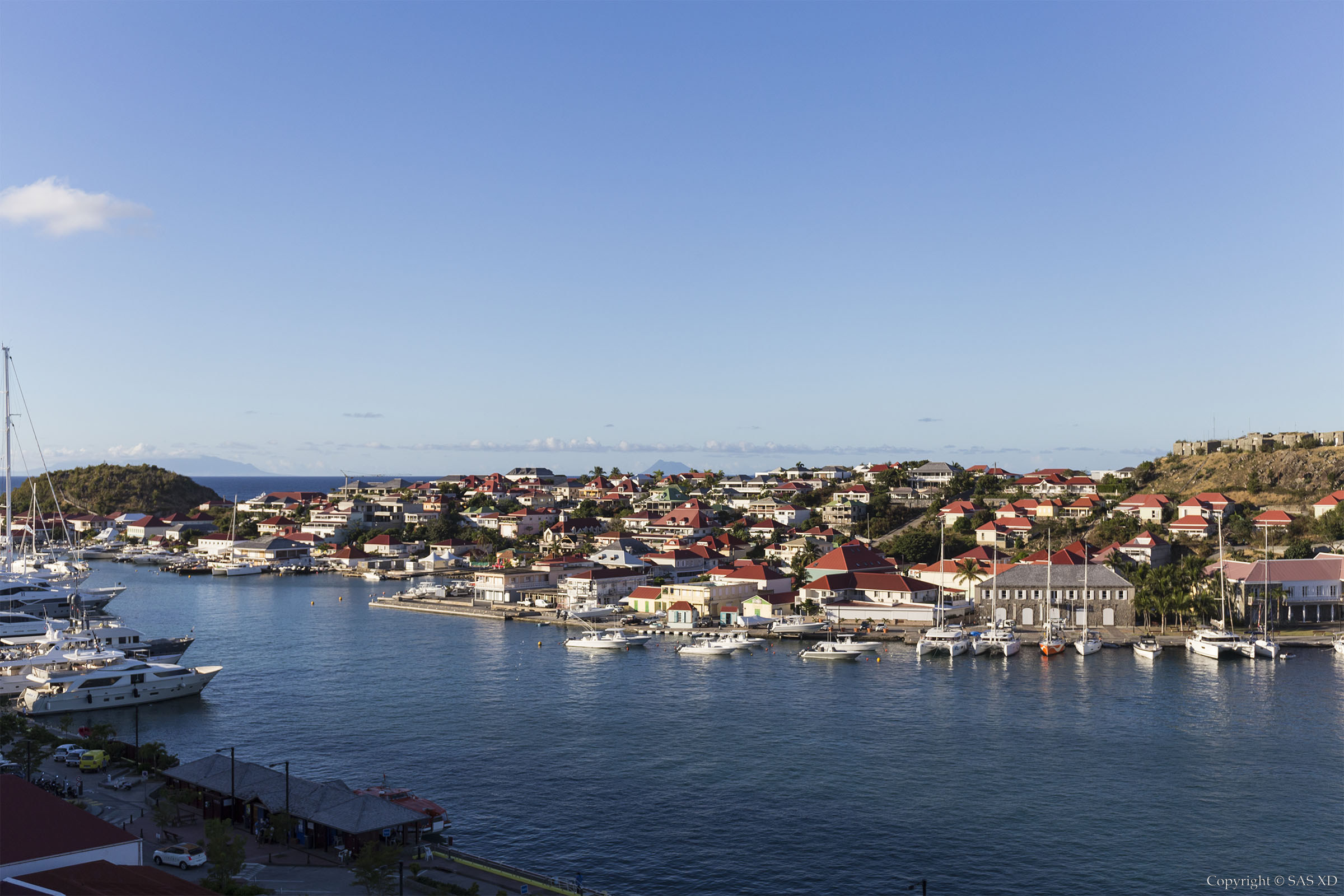
But even before accounting for the historical developments, one must start by considering the basic terrain features of Gustavia:
- A harbor with buildings and boats sitting adjacent each other.
- The hillsides that frame the small city and compel the only tradition of multi-story buildings on St Barts, often integrated into the hillsides themselves.
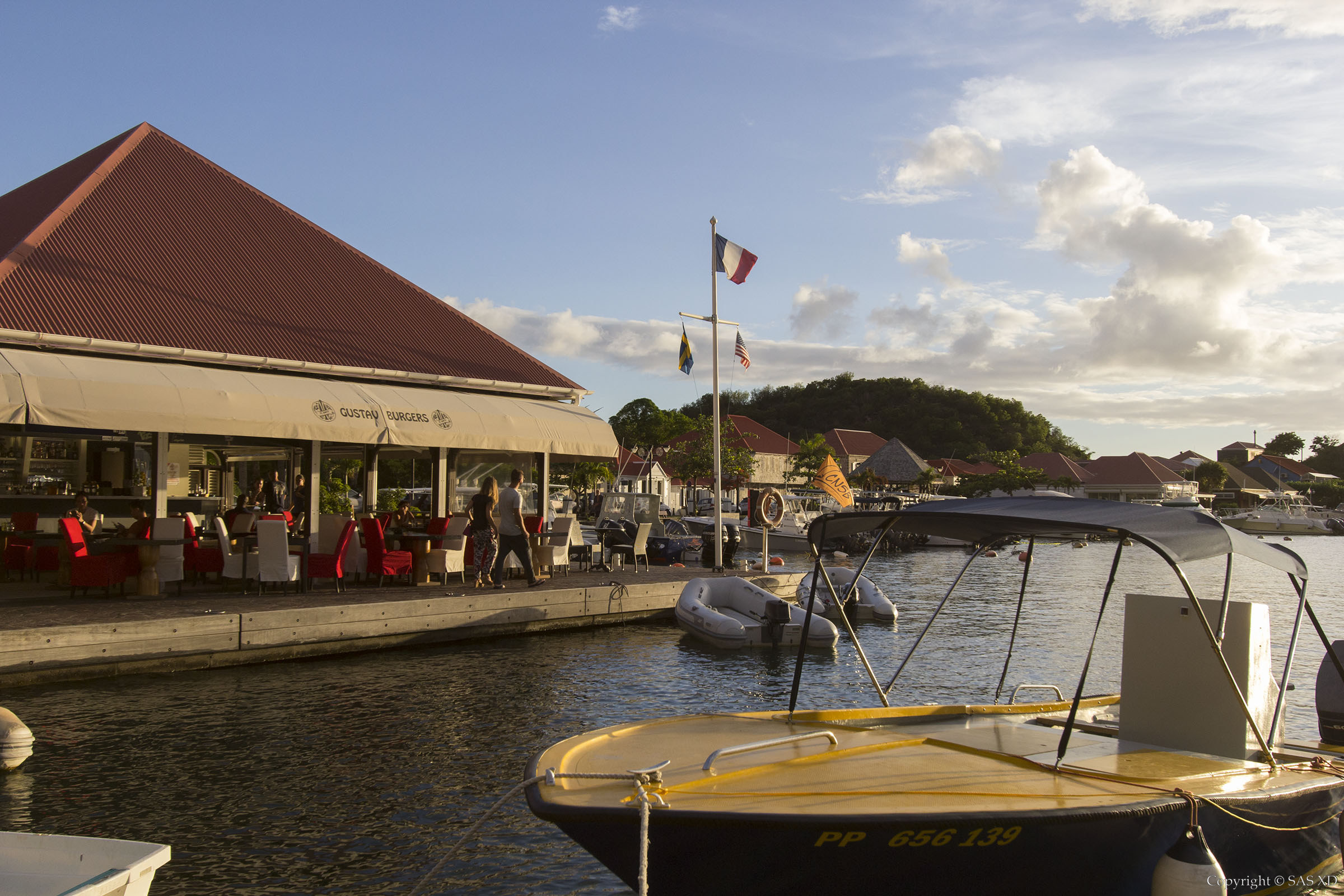
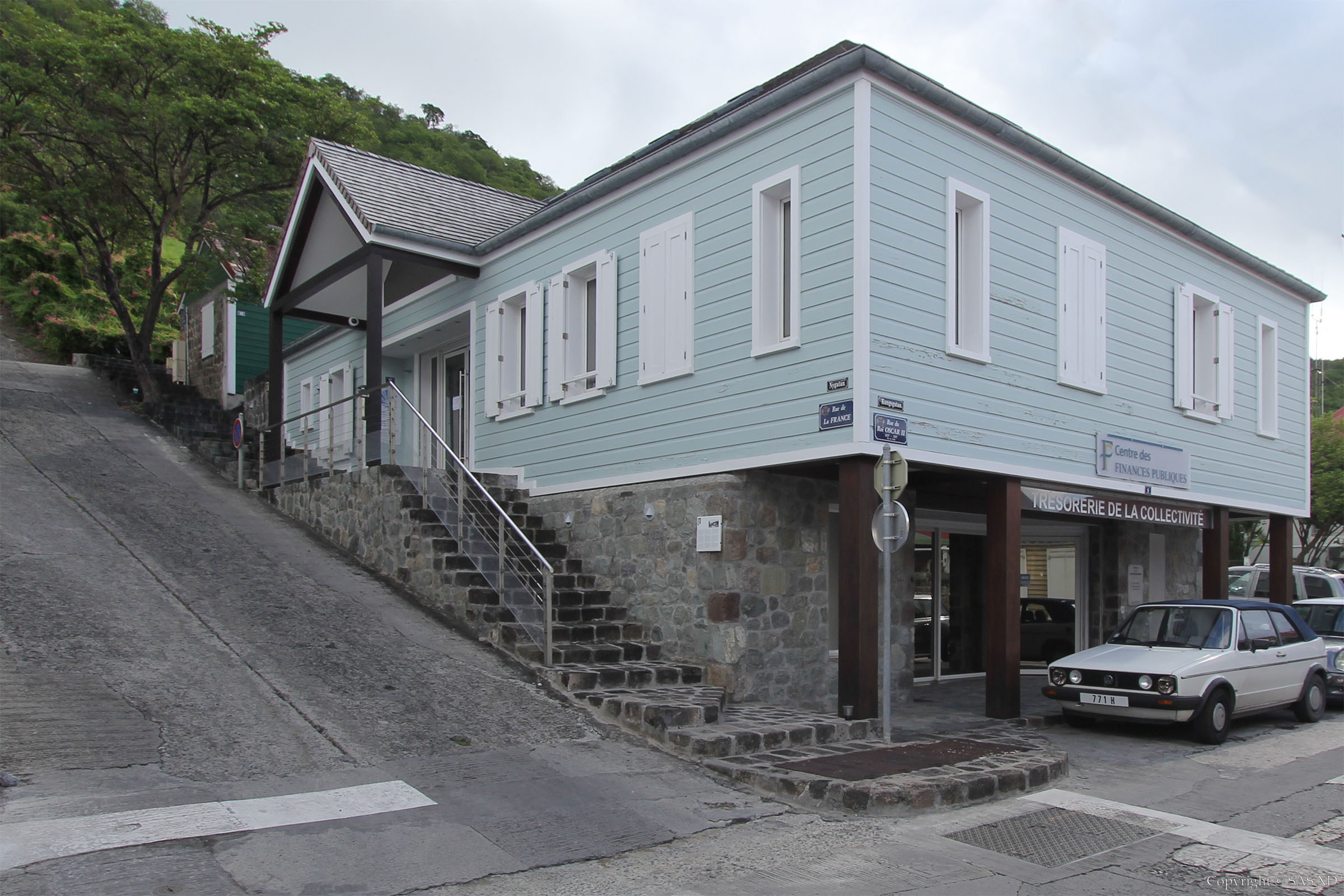
Moreover, the remote nature of the island with its lack of water sources and rocky terrain that is poorly suited for agriculture left the island as a nearly untouched gem when Christopher Columbus passed by and named it in honor of his brother Bartholomeo in 1493 during his second voyage to the New World. Two centuries passed before French colonists were finally able to establish a permanent presence on Saint-Barthélemy. Given the lack of natural resources, however, the community struggled to survive and the population remained small.
Finally, in the 18th century initial success for St Barts arrived in the form of international trade. With its excellent harbor, Gustavia was an attractive pit stop during the era of sailing ships. Speaking of international trade, the entire island itself was traded by the king of France to Sweden in 1784 for trading rights at the Swedish port city of Gothenburg. The new Swedish regime named the town Gustavia after their king and declared it a free port which began a golden era for St Barts. The population grew rapidly from less than 1 000 to more than 5 000 residents.
Although trading ships no longer ply the old routes of the colonial era, one can still sense the legacy of warehouses even in modern Gustavia. These buildings tend to be relatively narrow—so that as many as possible can squeeze onto the quay—and relatively long as they extend perpendicularly away from the water’s edge. In terms of city planning, this results in some lengthy blocks along the Gustavia waterfront but often with some narrow pedestrian passages cutting through at mid points.
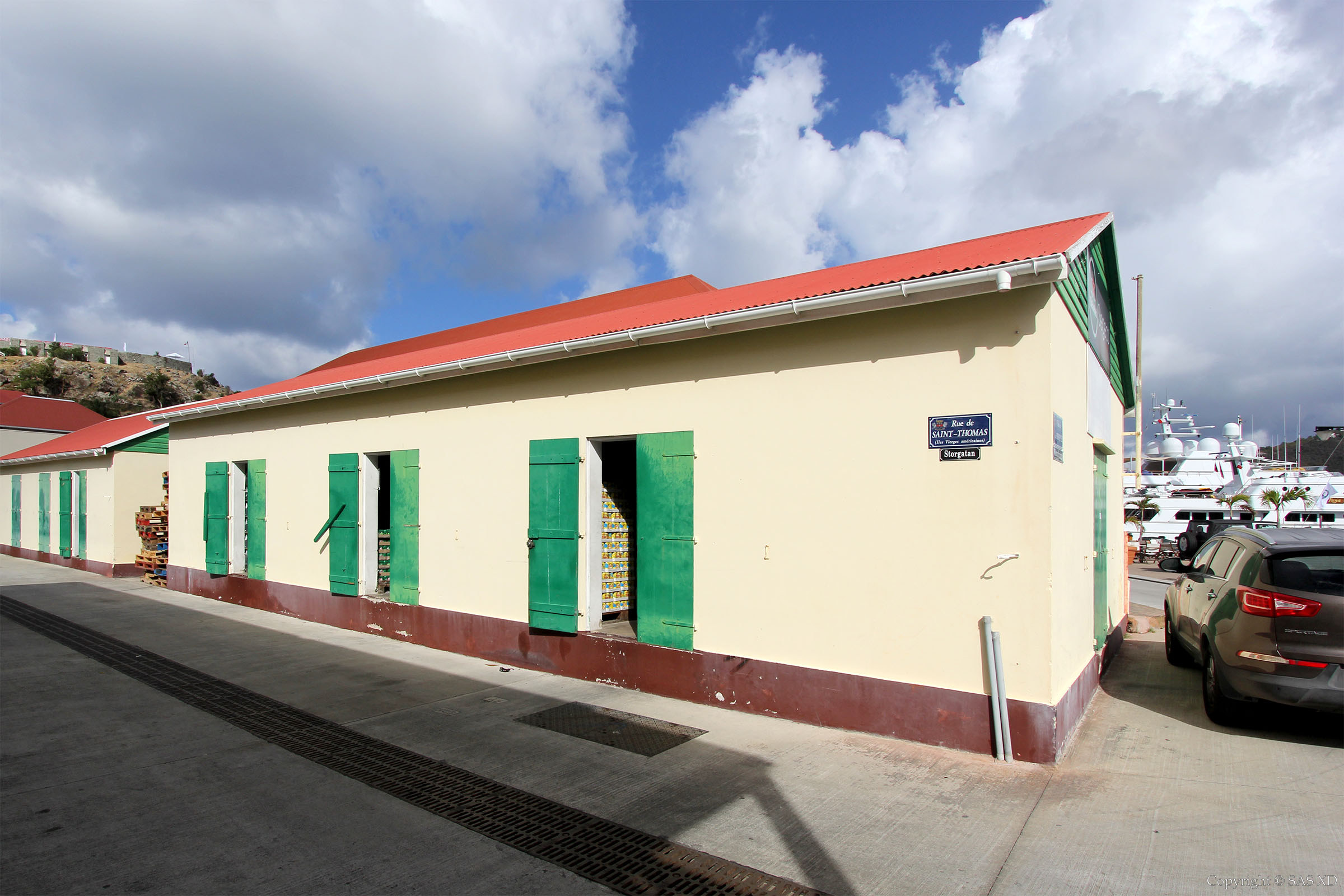
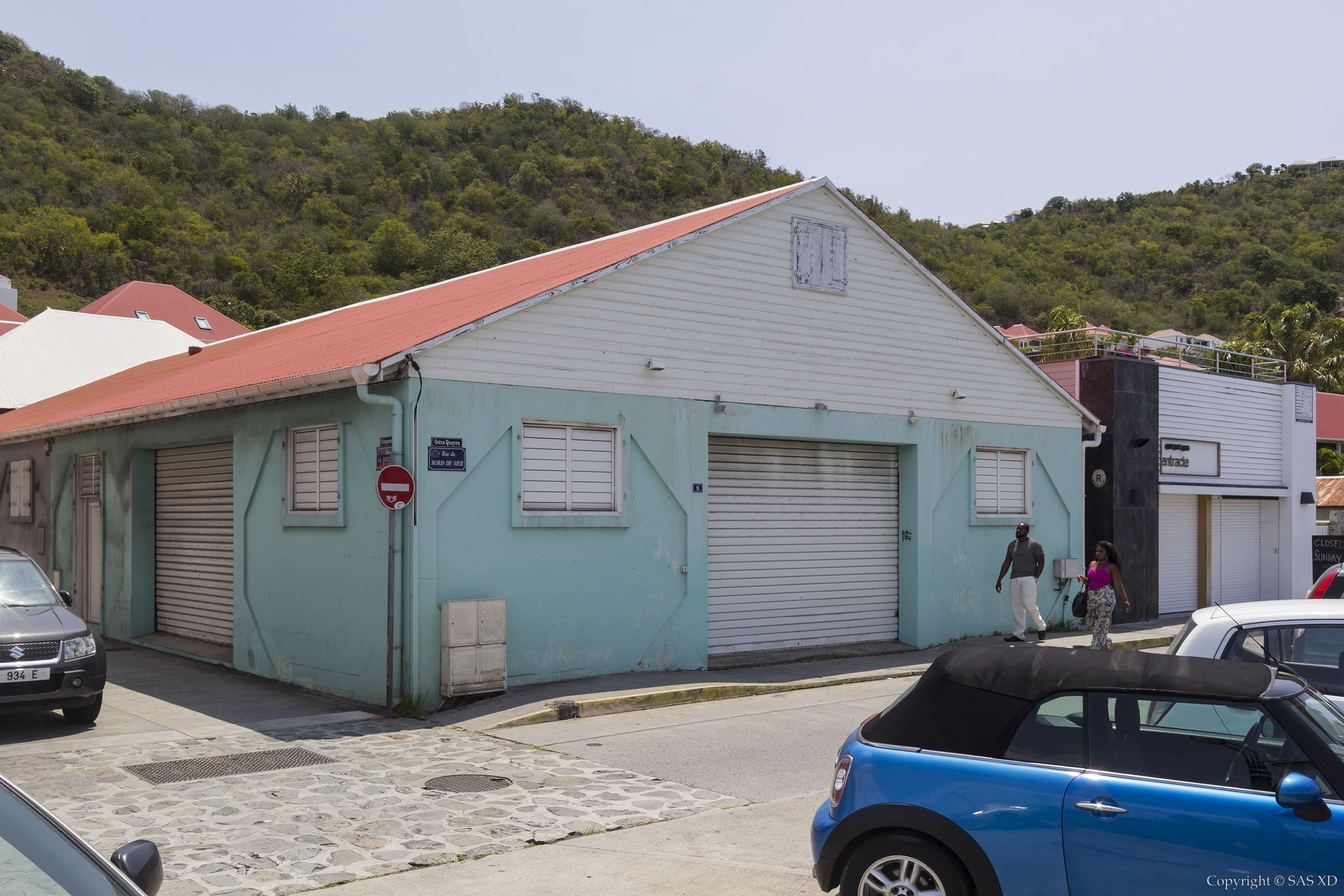
Many of Gustavia’s most notable buildings also date from this era of prosperity reflecting building techniques of the time and several different styles. Le Brigantin built in 1822 features Swedish influences and is stone with an upper story of wood framing. A stone ground floor was particular useful in keeping fires from spreading during that era. Elsewhere in Gustavia, one can find a prefabricated wood building in a Swedish style (circa 1830) sitting just down the street from an 1841 brick building with Irish design influences. Even the Catholic church Notre-Dame de l’Assomption of 1842 has hints of Spanish styling as its stone structure includes exterior statues. The various design styles thus reflect the international trade and "globalism" of the era.
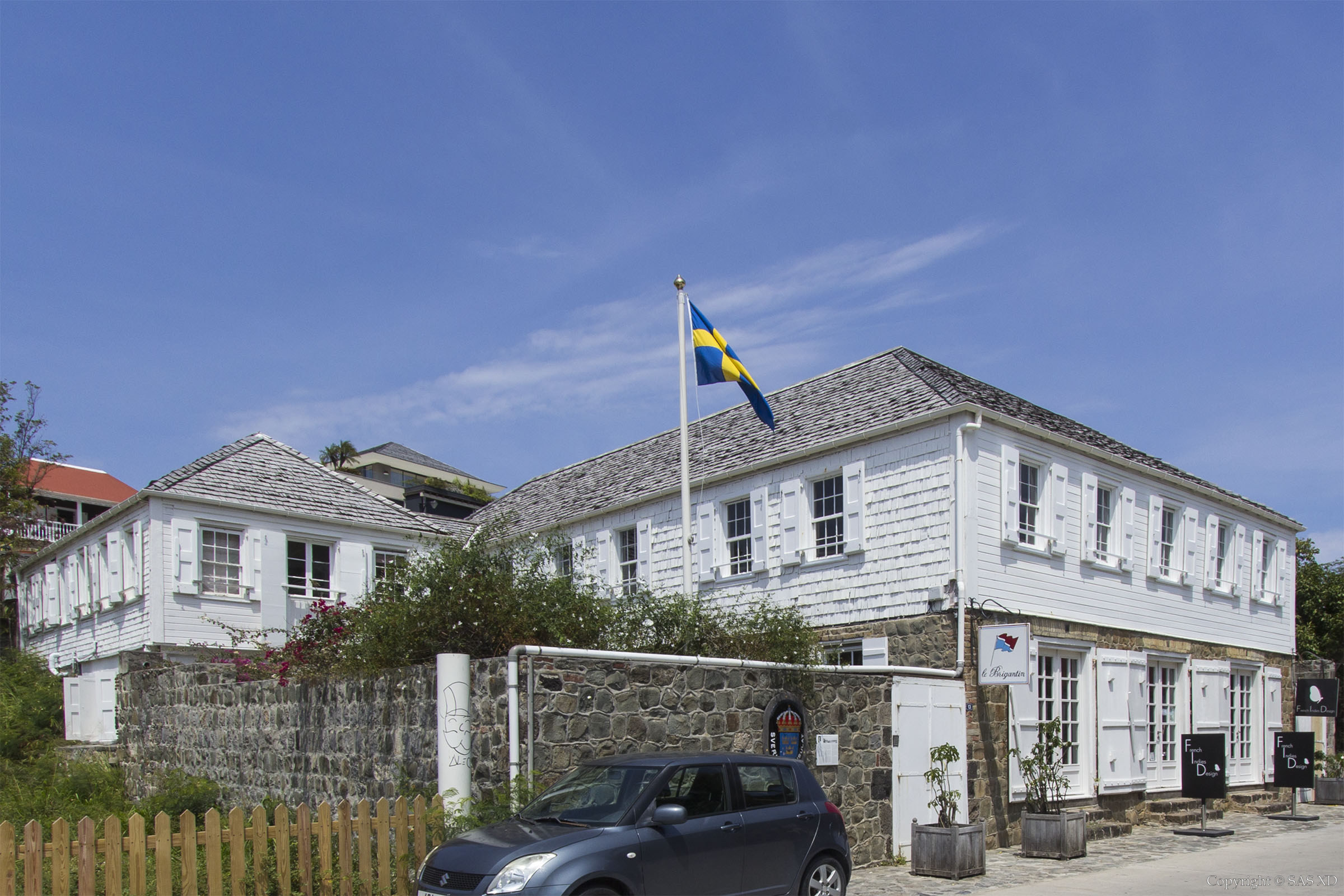
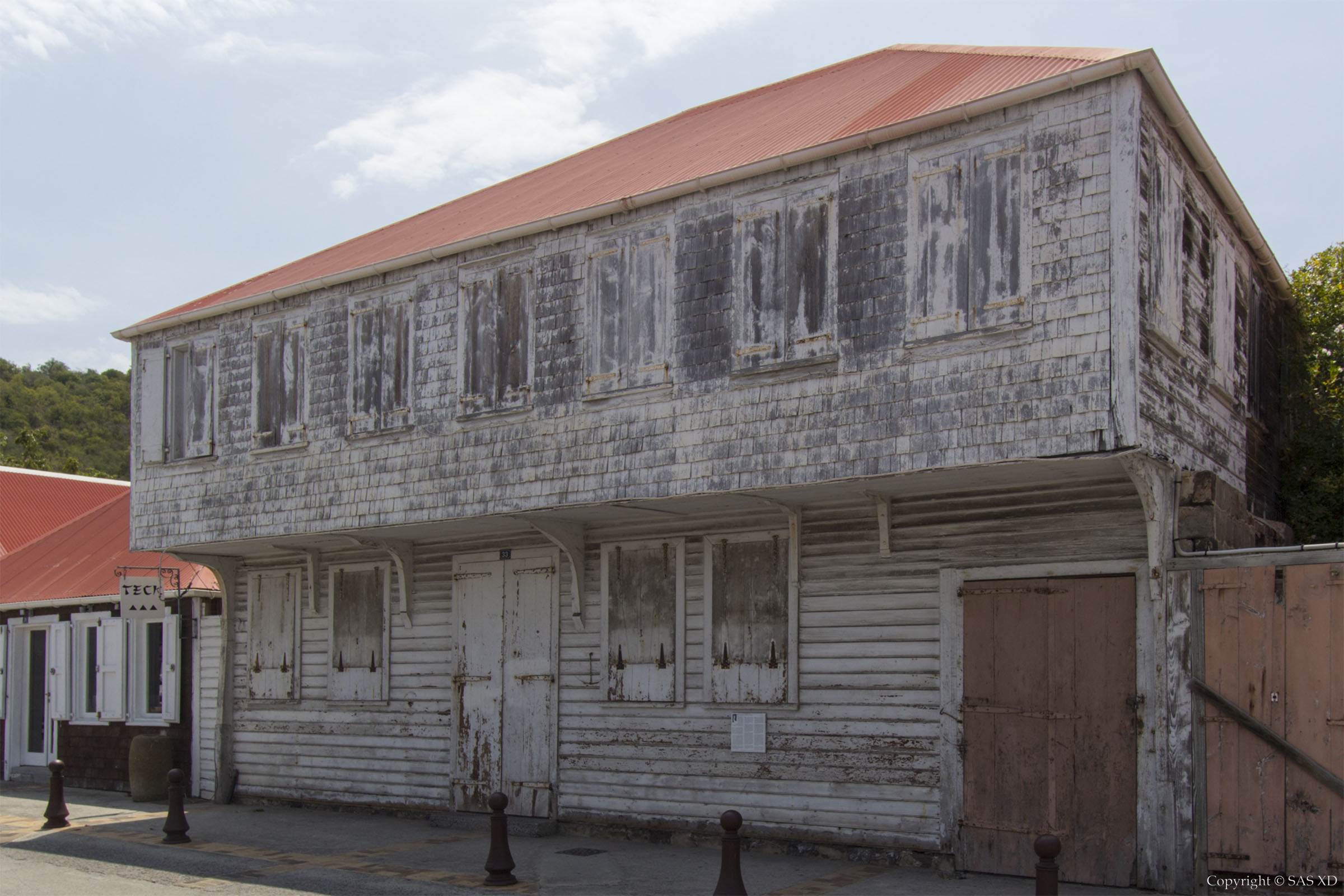
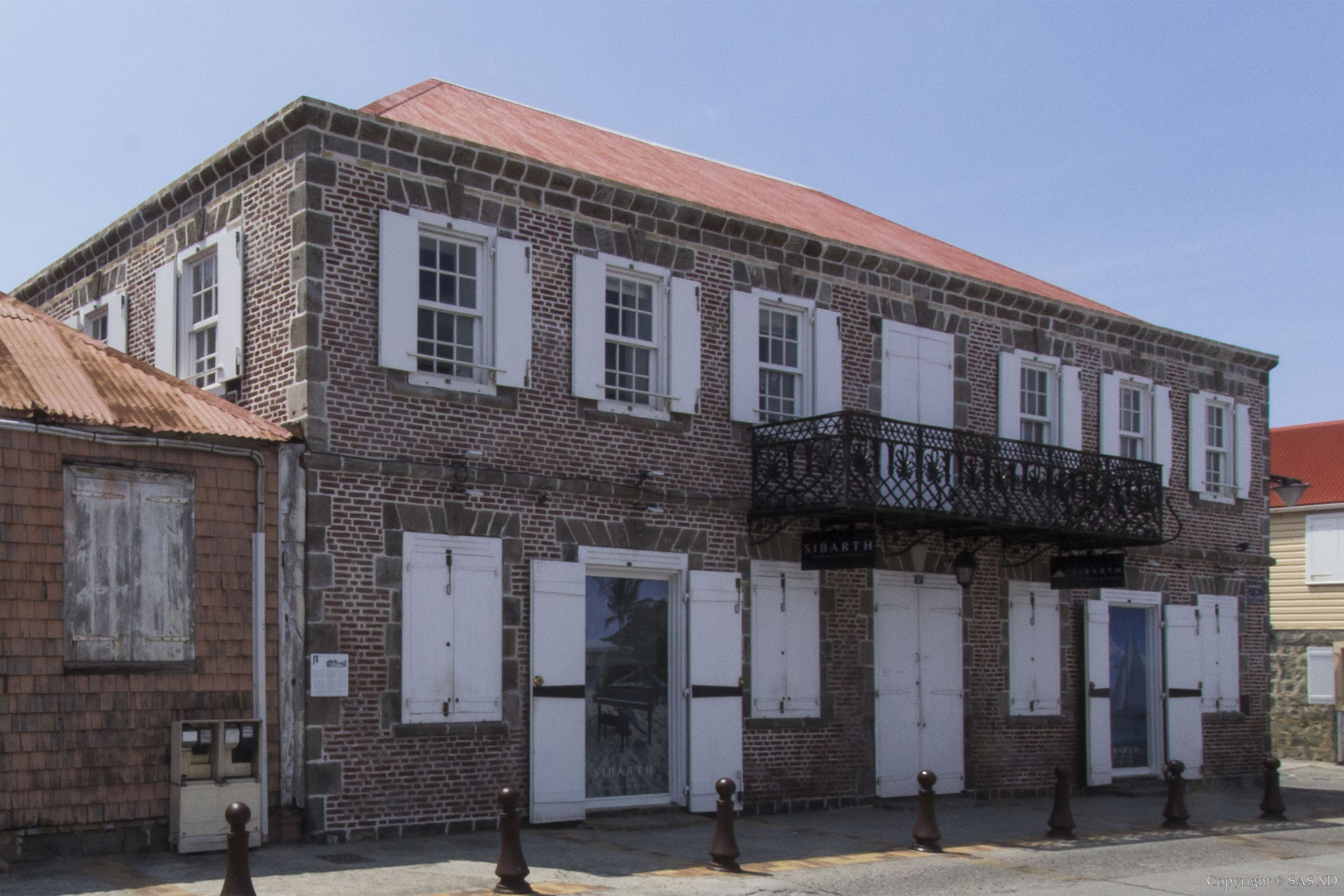
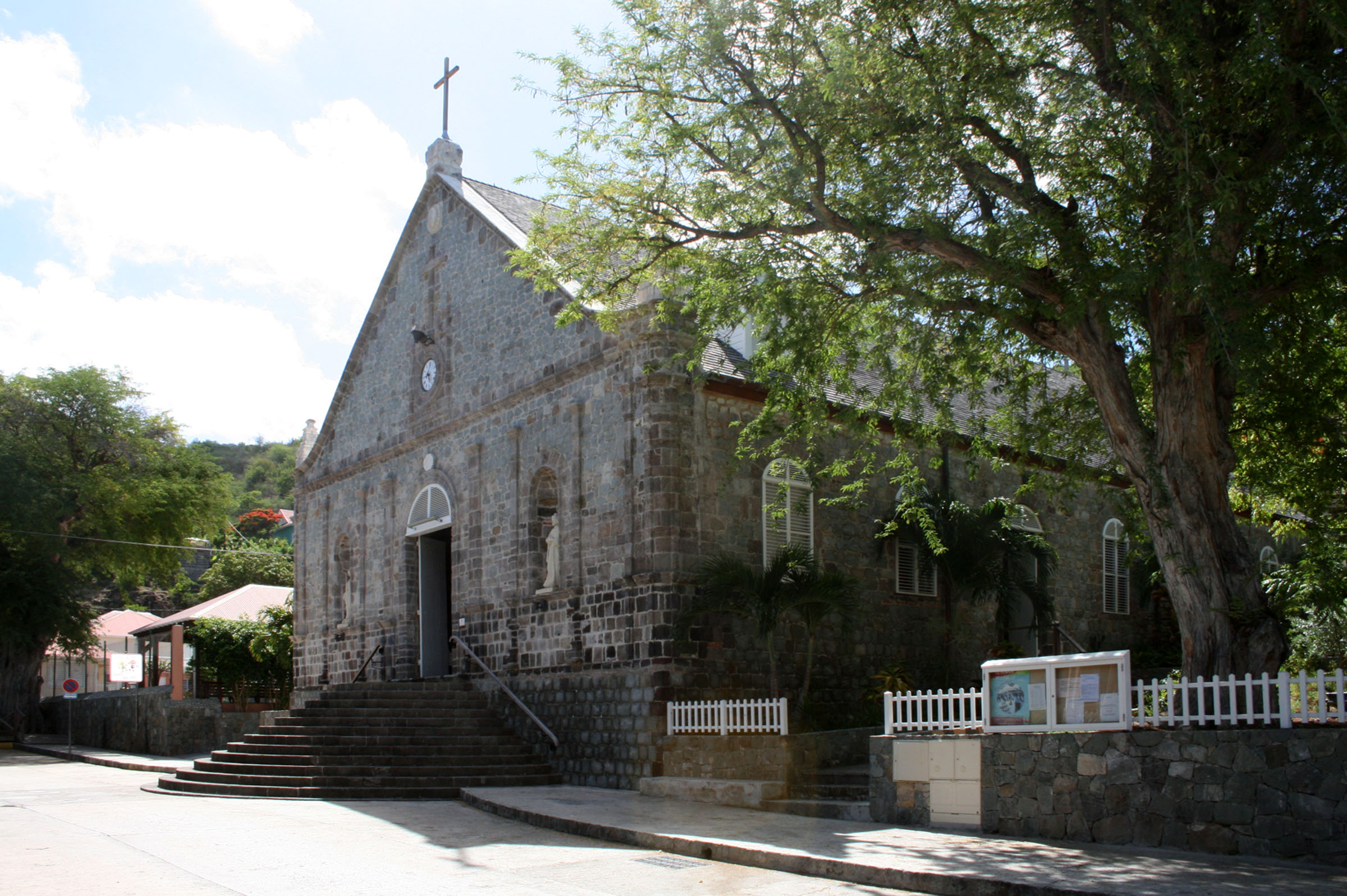
Unfortunately, St Barts was headed towards difficult times as a variety of factors conspired to nudge the island into a prolonged doldrum. Firstly, as the 19th century dawned, intercontinental trade took a back seat to nation building. Even worse, the emergence of steam powered ships eliminated the need for small ports like Gustavia along the old trade routes. The steam ships could now directly travel from Europe to North America without need for the routes defined by trade winds. Moreover, in the 1850s, Gustavia suffered damage from a hurricane and a fire.
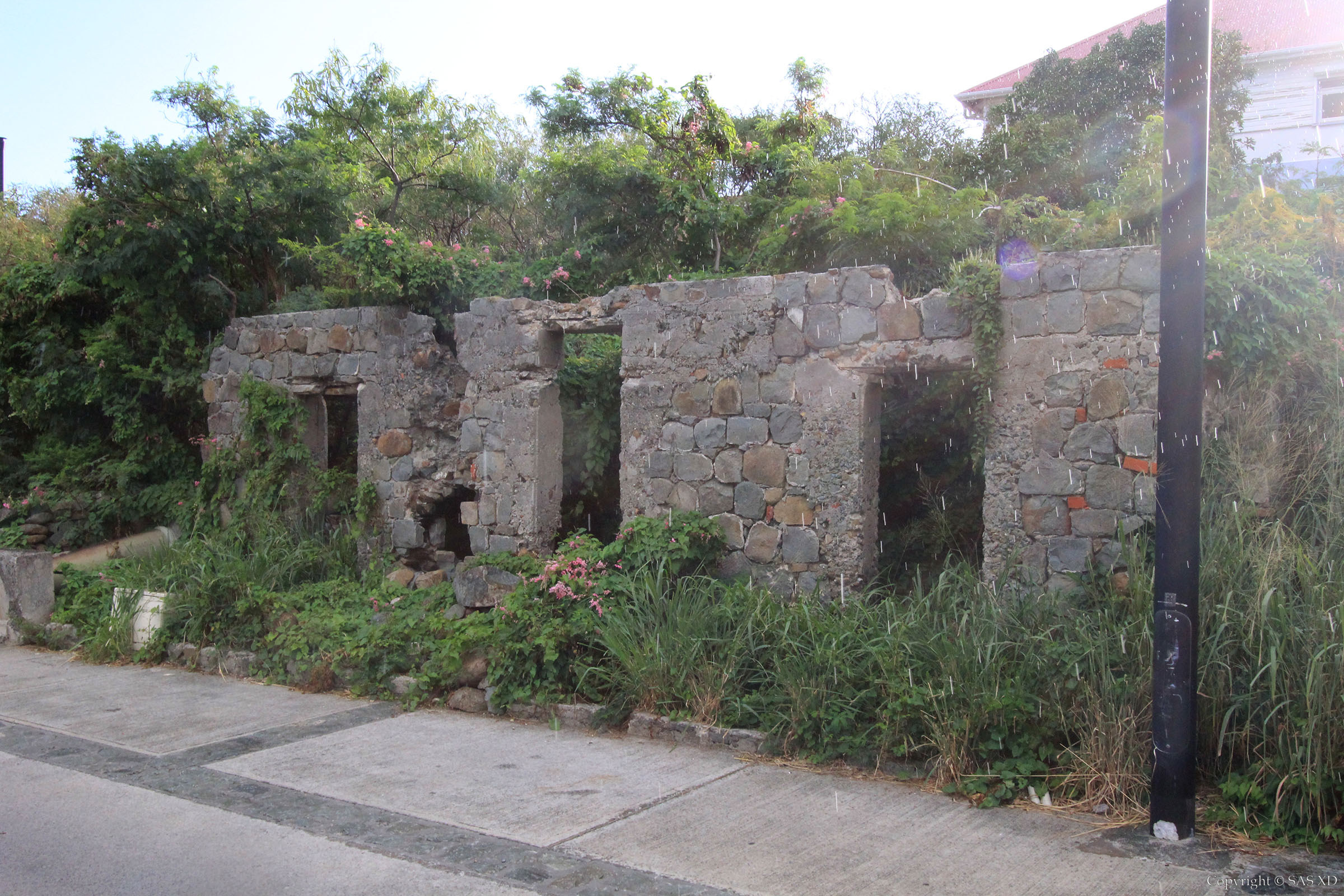
With the population now shrinking, wealth deteriorating, and rebuilding becoming unlikely, St Barts held a referendum and opted to return to France in 1878 and become a part of the overseas territories of the Third Republic. Sixty-seven years passed before Remy de Haenen attempted the first airplane landing at La Savane in Saint-Jean and thus re-awakened the island to the fortunes of international commerce. A proper runway was soon built and now the stage was set for Saint Barts to capitalize on the invention of a commercially viable jet engine that could deposit masses of tourists directly into the Caribbean mere hours from the likes of Paris and New York.
After nearly a century as a sleepy backwater, St Barts could finally begin a proper rebuild. Emblematic of this renewed energy was the 1993 restoration of the Wall House Museum which had sat as ruins for a century.
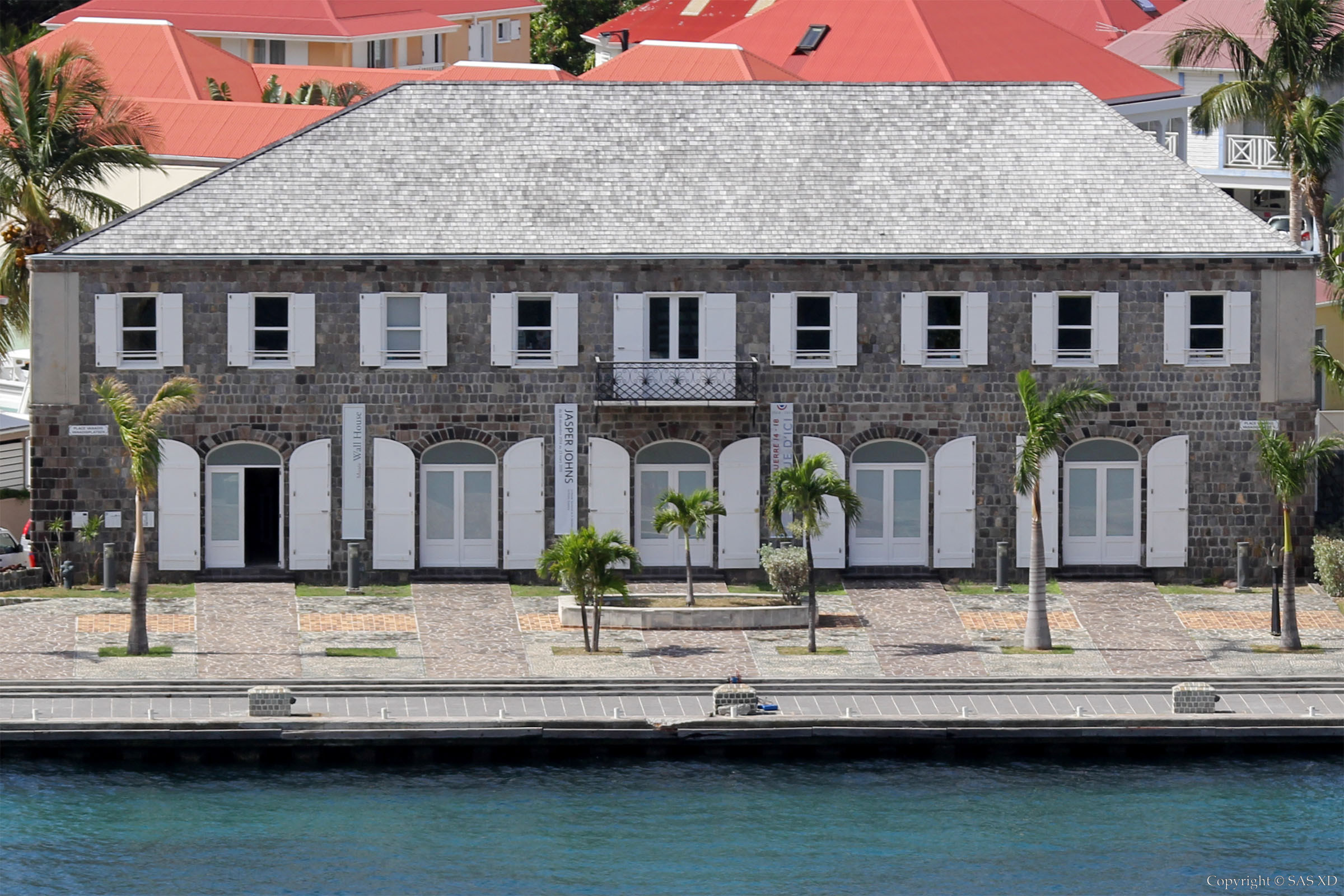
The revitalized city of Gustavia continues to serve as the administrative capital of the island with various offices housed in the Mairie (local town hall) and Sous-Prefecture (regional government) and in evenings the restaurants and bars provide for an excellent entertainment milieu serving both the Saint-Barthélemois (local residents) and visitors alike. Perhaps most significantly, contemporary Gustavia finds itself being remade as the premium retail destination of the Caribbean whose duty free prices make it particularly appealing to connoisseurs of international luxury brands. Warehouses and galleon ships have been replaced by multi-tenant commercial centers and yachts. Fortunately, each successive generation looks to maintain useful traditional elements—balconies, interior courtyards, etc.—but only with additional refinements in architectural design and material craftsmanship.
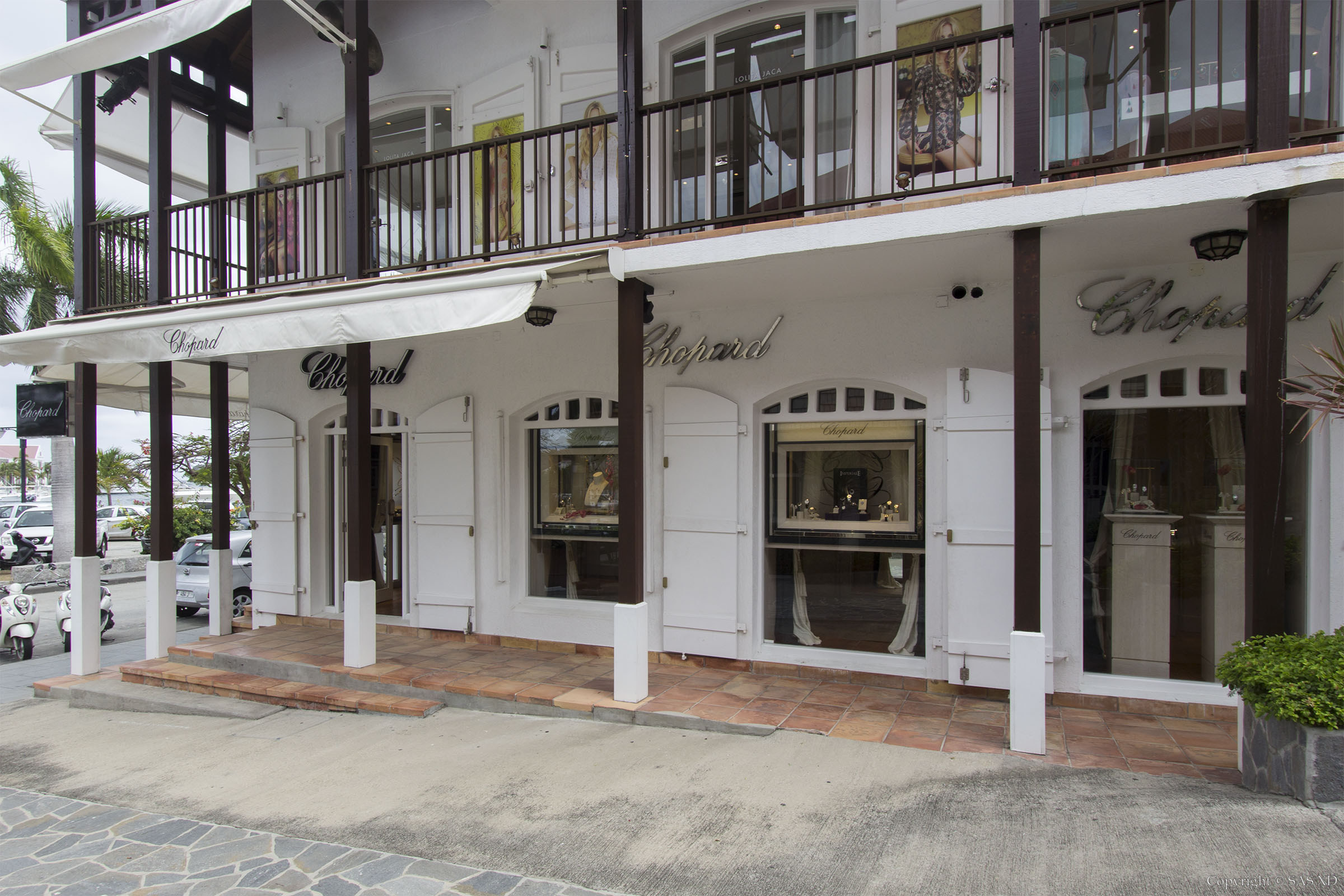
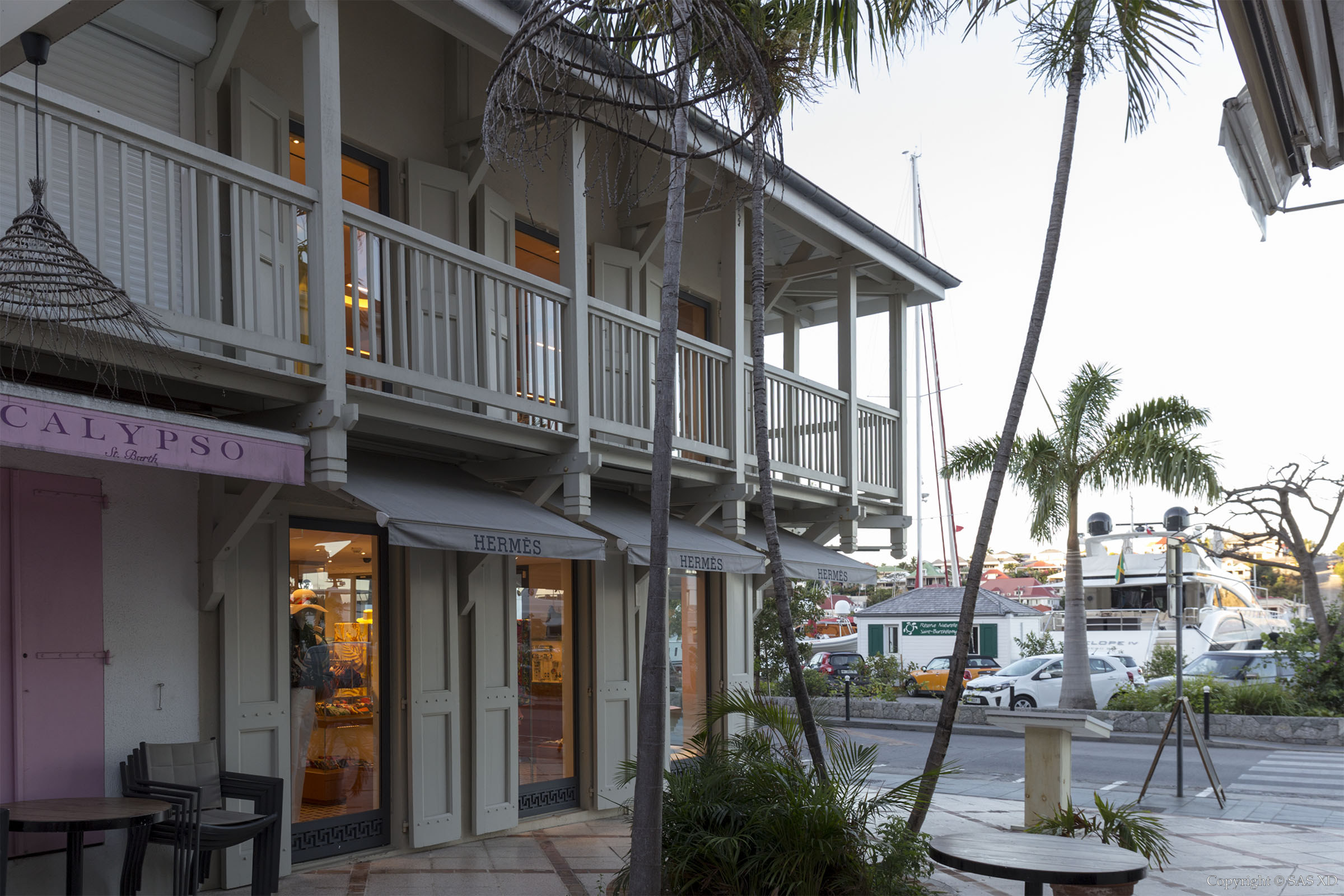
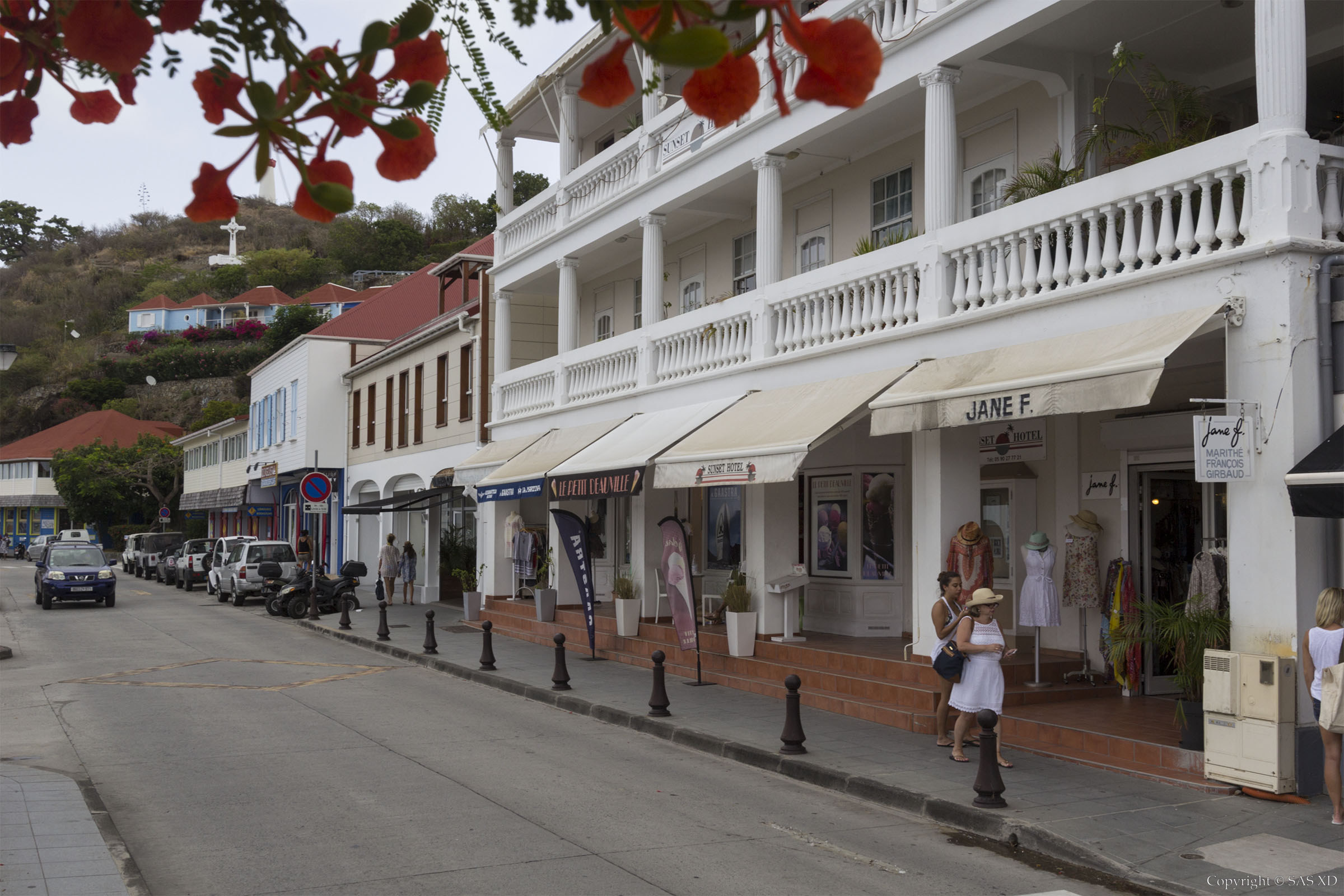
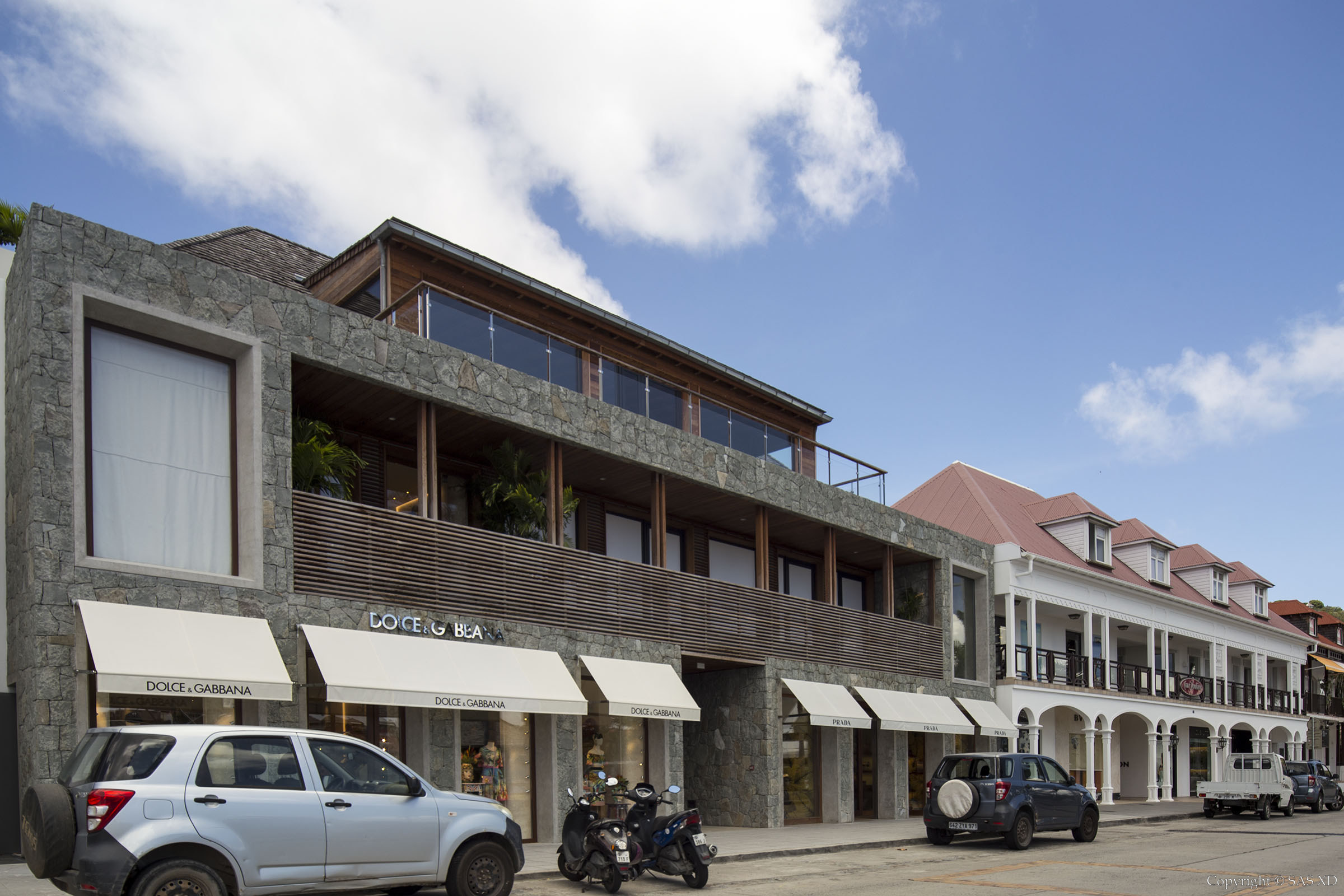
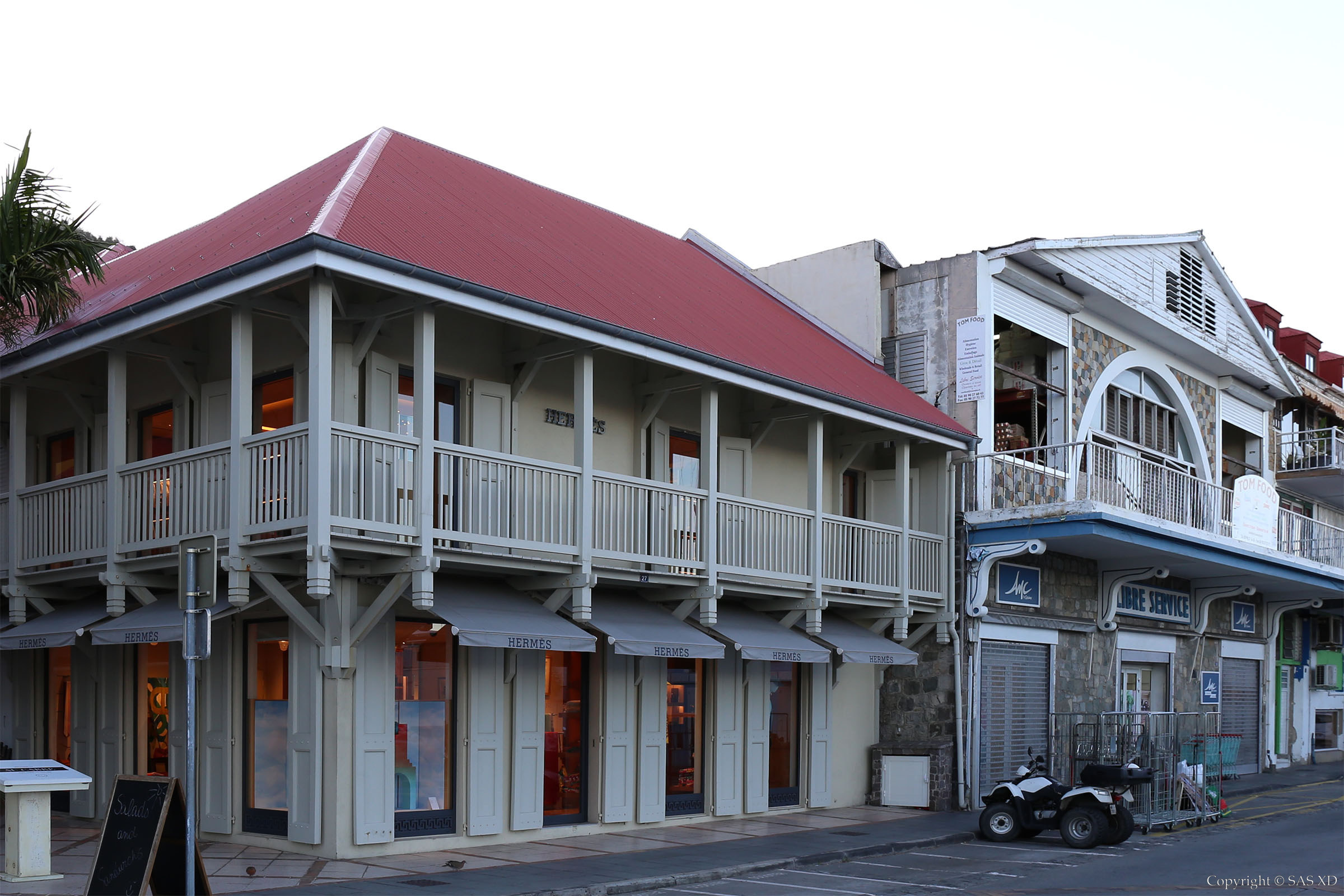
Today, with its population reaching an all-time high near 10 000 residents, St Barts remains grateful for the good fortunes of its health and wealth. Although it remains unknown what the future may hold for Saint-Barthélemy as the ebb & flow of cultural and political forces—e.g., globalism vs. nationalism—can be difficult to predict. Yet if history is any indication, then in all likelihood it will be technological innovations in travel that will have the most lasting impact on this remote little island.

